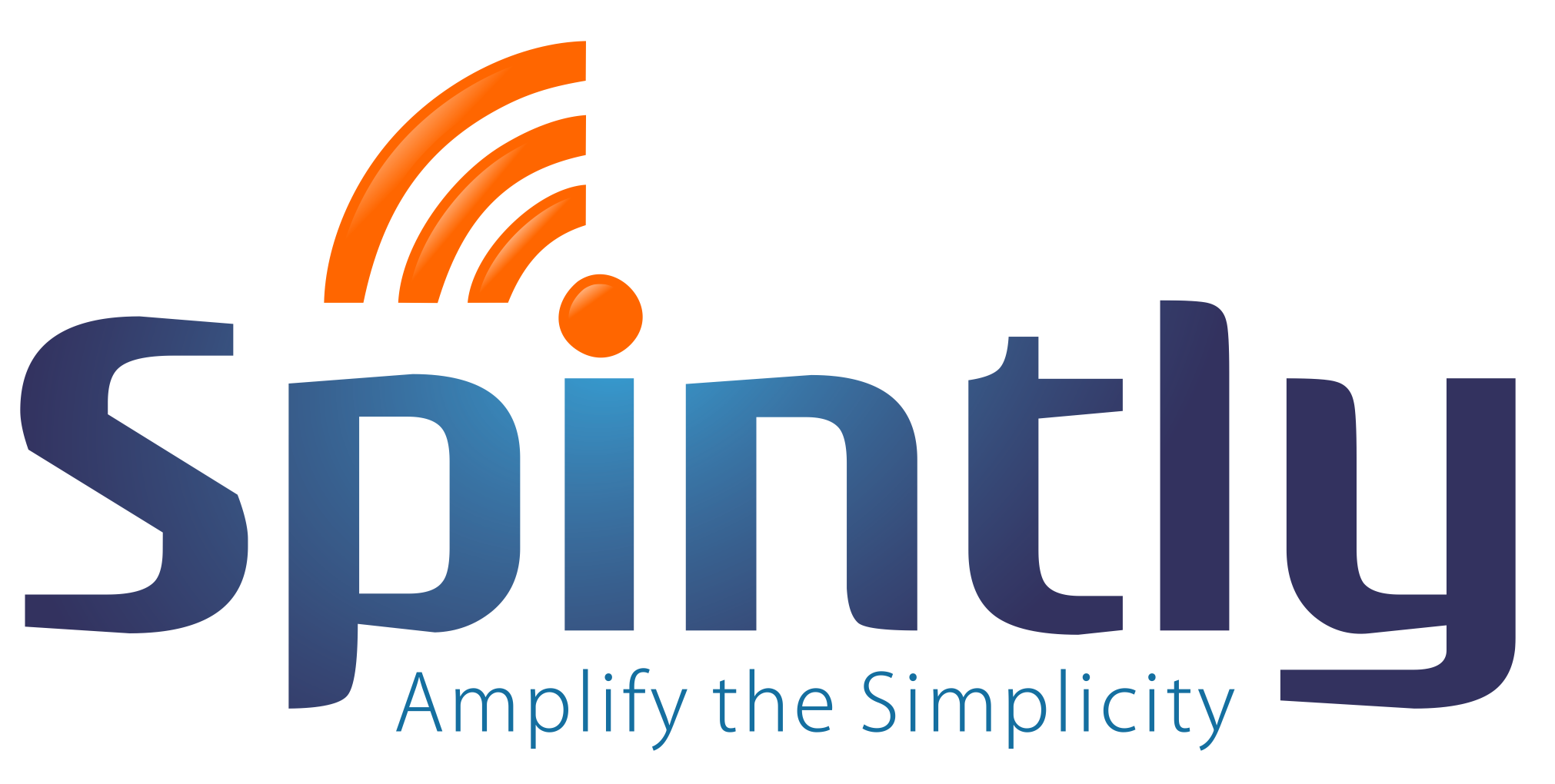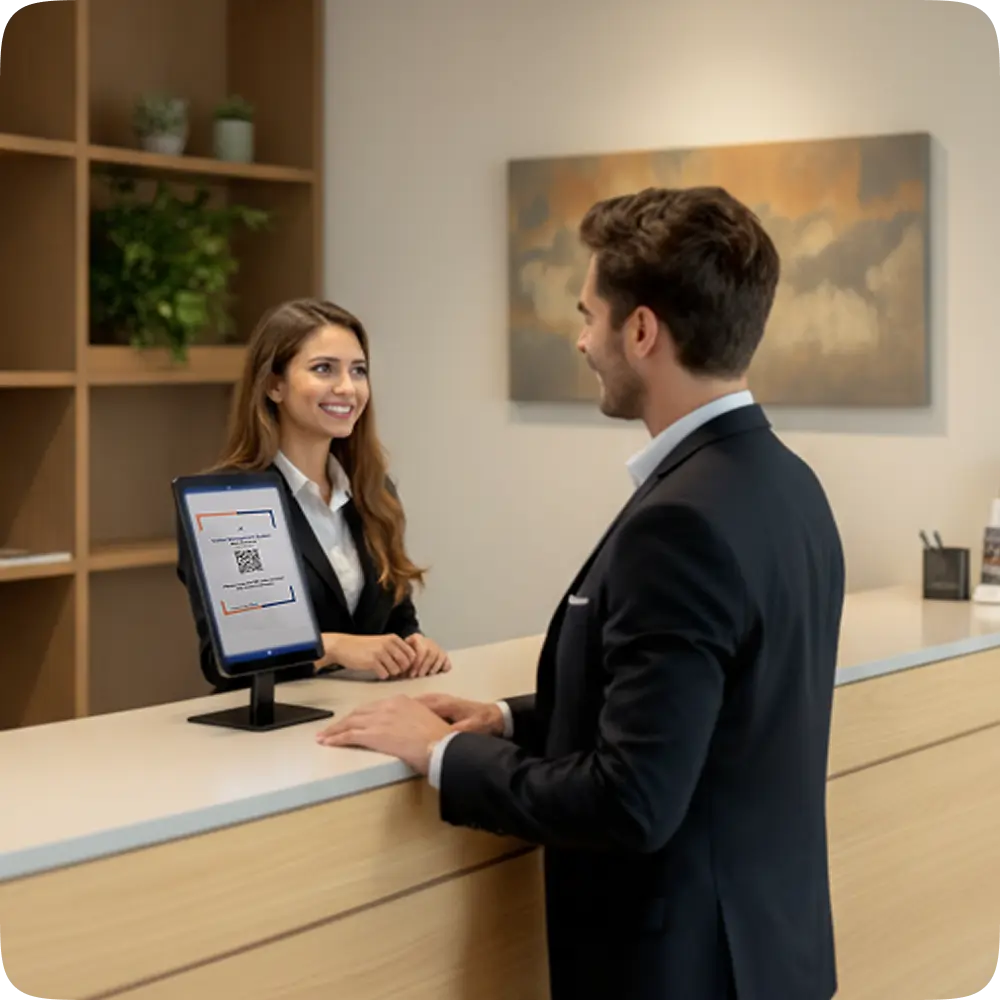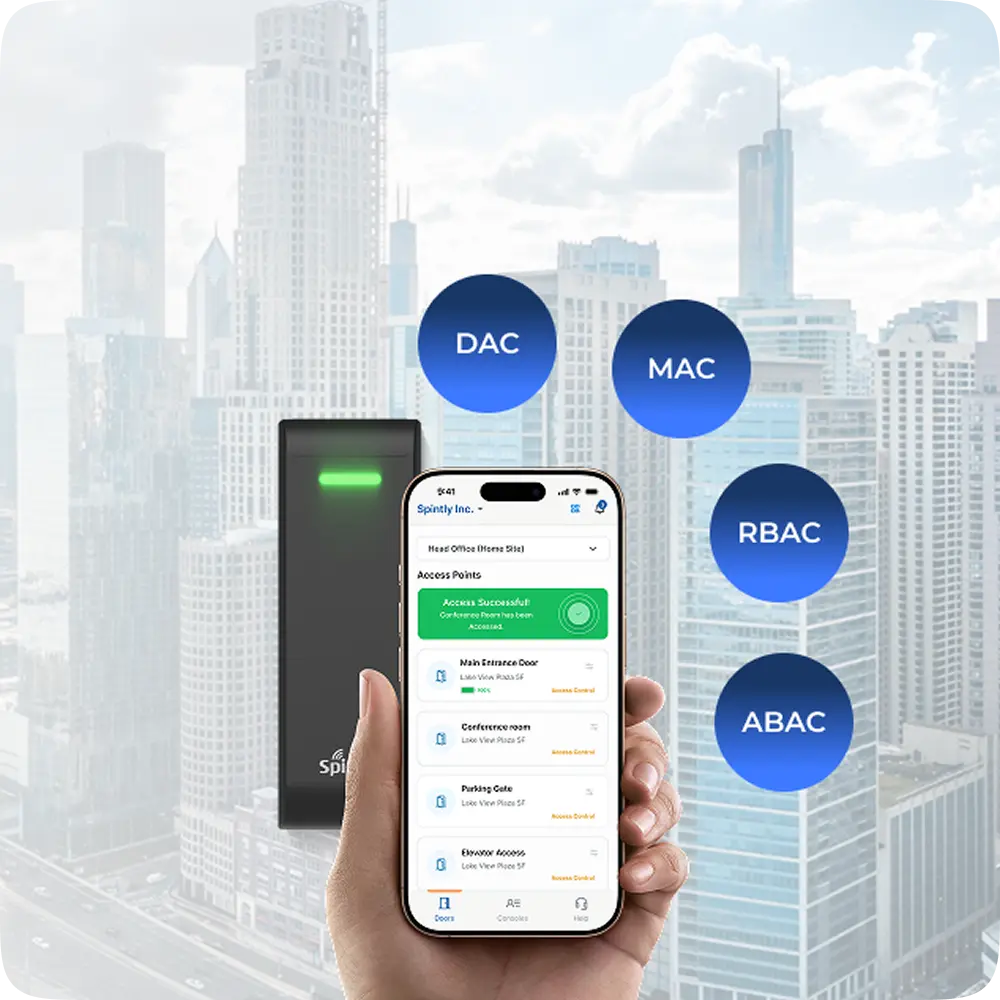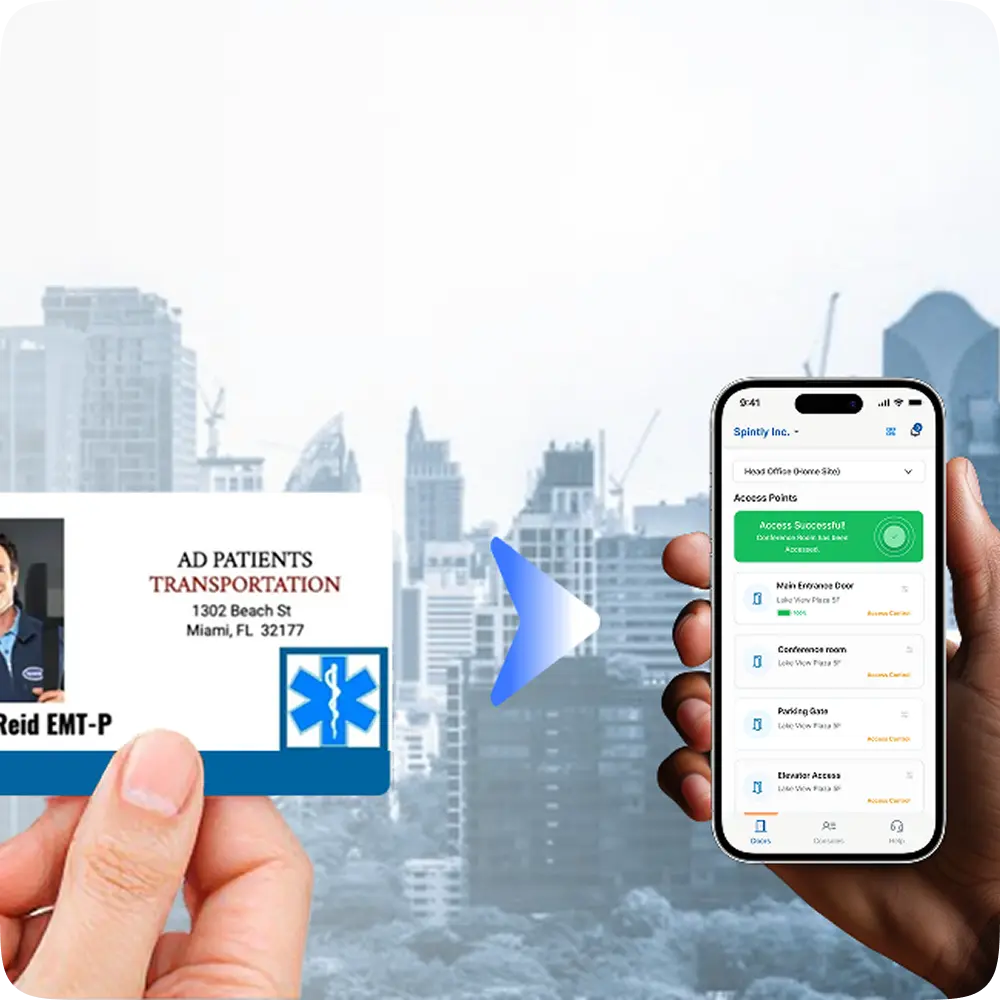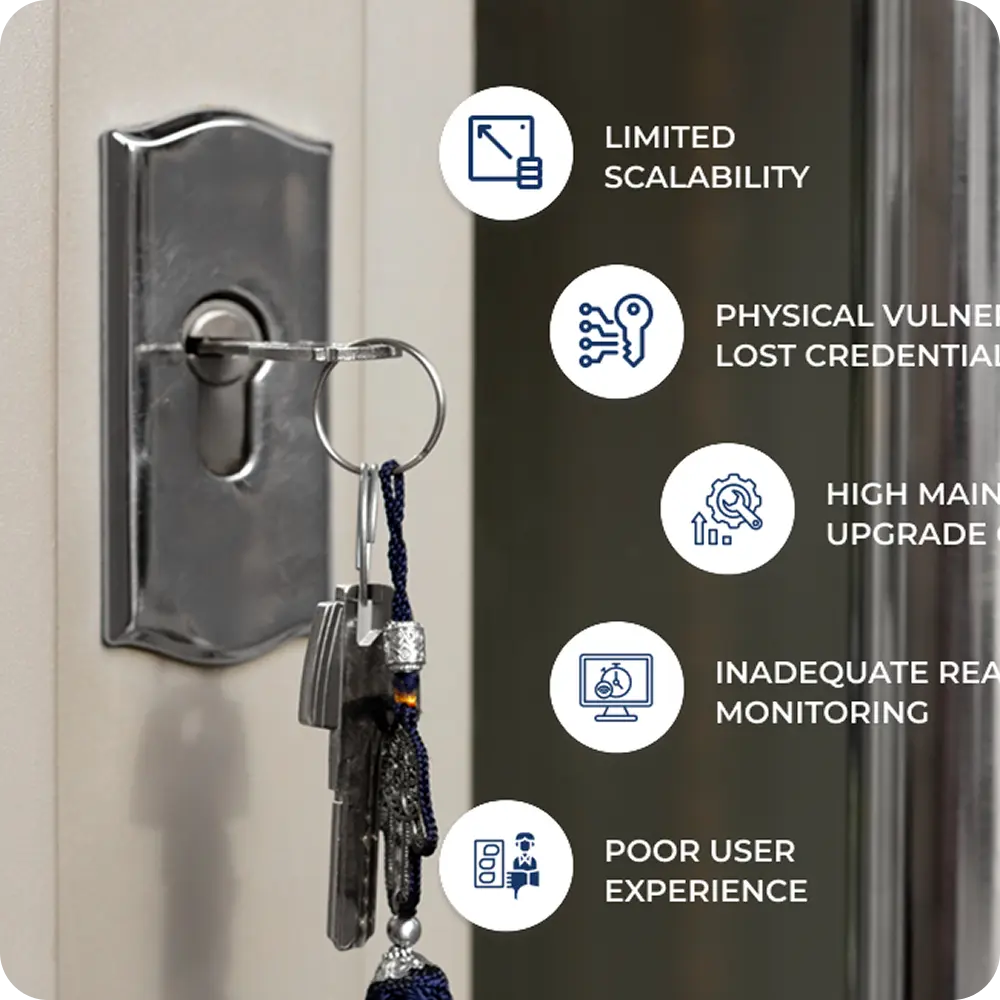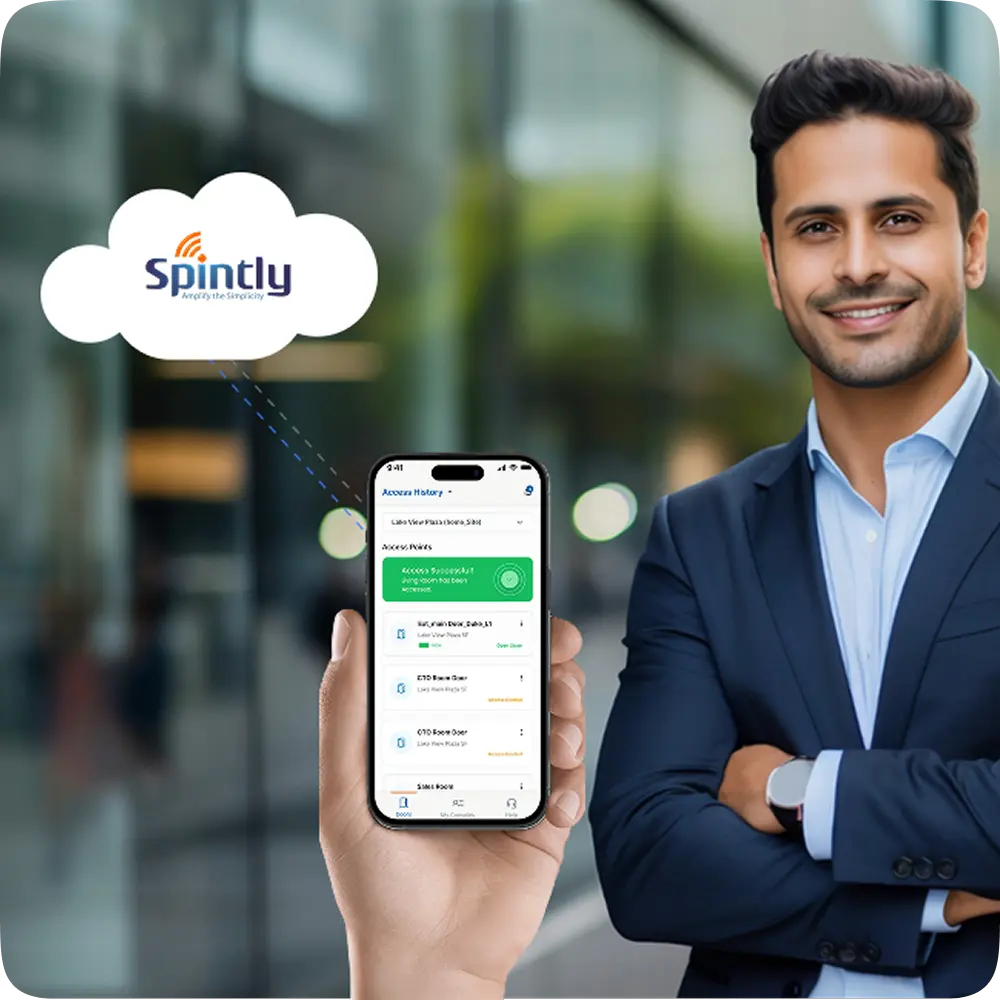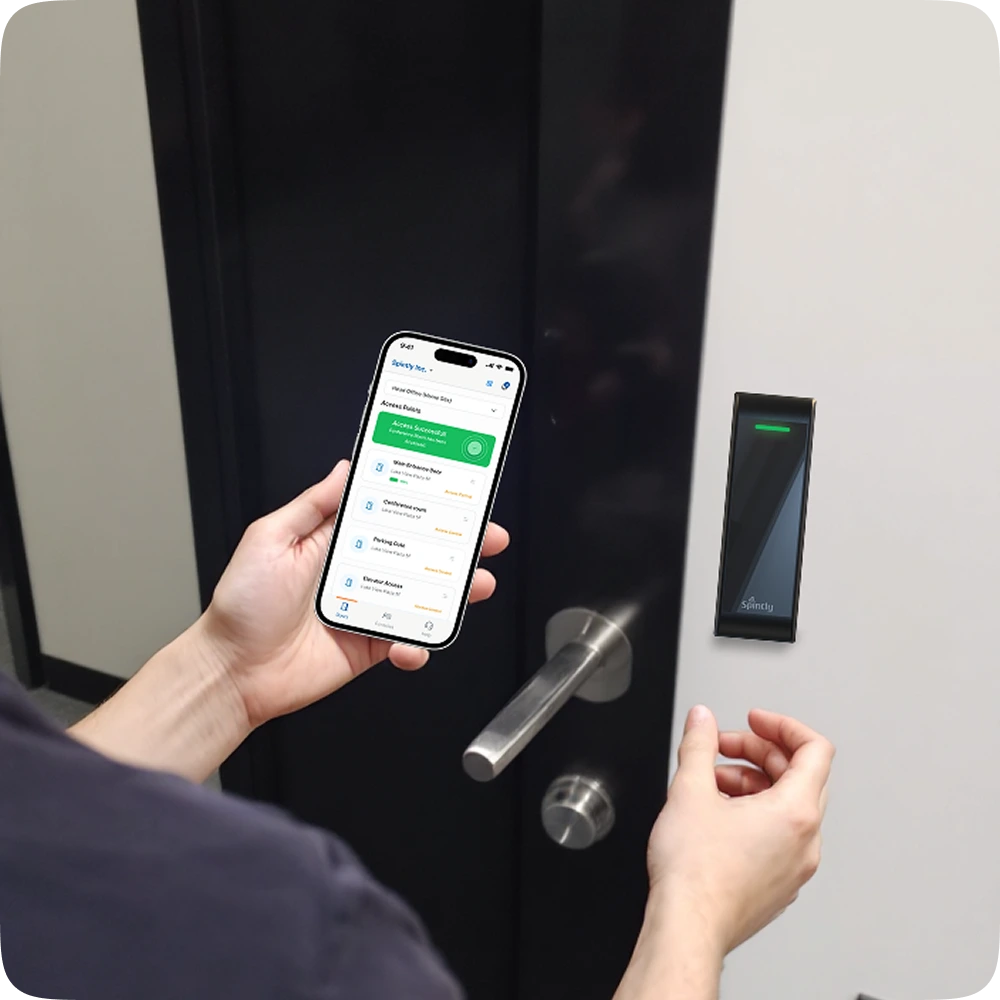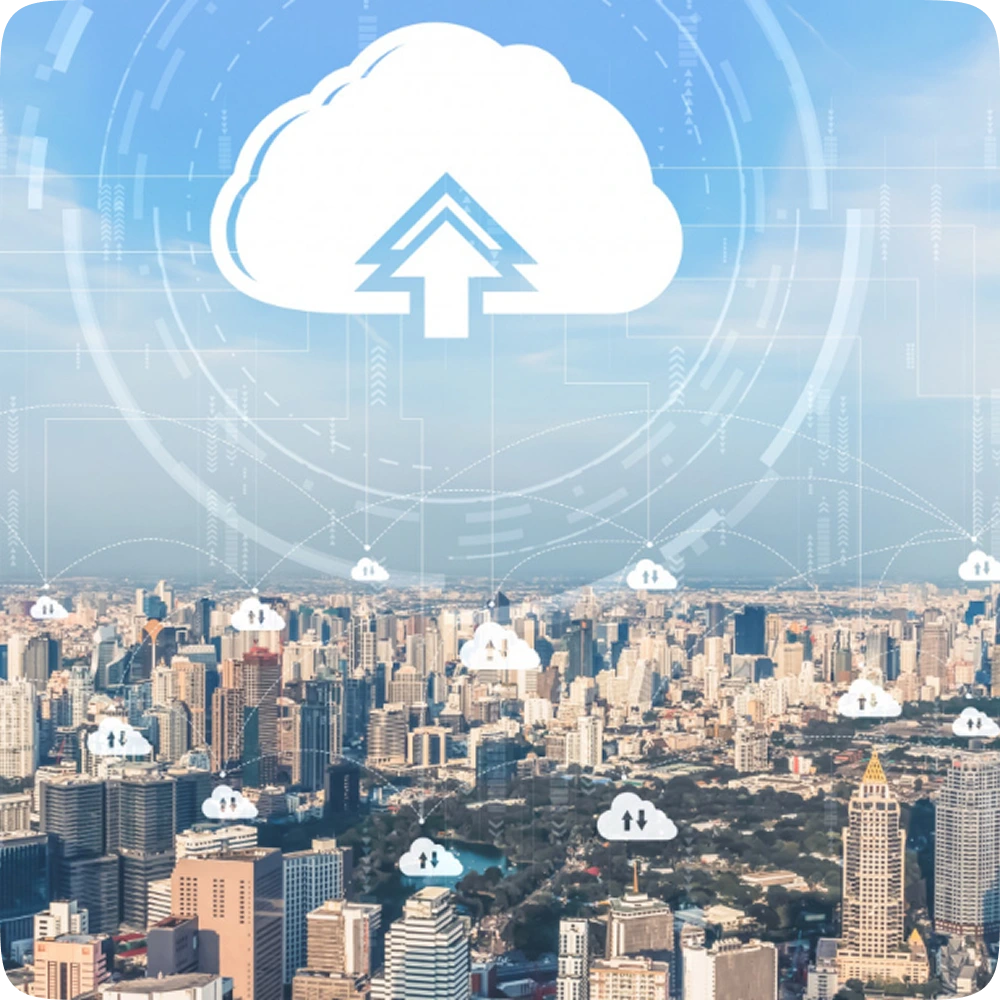1. Unified Security Administration
The major advantage of centralizing access control is managing all facilities from a single dashboard — regardless of geographic location. Administrators can update access rights, revoke credentials, grant temporary passes, or monitor activity enterprise-wide, from anywhere.
This means:
- Security policies are enforced consistently across every office.
- Employee onboarding and offboarding are instant and global.
- Temporary access for visitors and contractors can be easily managed.
2. Real-Time Monitoring and Analytics
Centralized cloud-based systems provide real-time insights into every door, user, and visitor interaction happening across your organization’s ecosystem. With a comprehensive view, security teams can detect suspicious activity, monitor occupancy, and respond to incidents immediately — no matter the city or time zone.
This holistic visibility not only improves response times but facilitates regulatory compliance, audit readiness, and future policy optimization.
3. Seamless Scalability
As your business grows, centralized access control lets you onboard new offices or remote sites without extensive hardware installs or IT intervention at each location. New doors, users, or even entire buildings can be added or reconfigured remotely.
For example, with cloud-managed platforms, employee credentials and permissions can be rolled out simultaneously to every office — a game changer for dynamic enterprises.
4. Enhanced Efficiency & Cost Reduction
Central management slashes the operational burden:
- Fewer on-site IT or security staff are needed.
- Bulk updates and integrations automate most administrative tasks.
- Updates and firmware rollouts happen over the air, often with no downtime.
Moving away from legacy, on-premise hardware reduces infrastructure and maintenance costs, with cloud platforms often supporting subscription models for budget predictability.
5. Flexible, Modern User Experience
Centralized systems increasingly support mobile credentials, letting users tap-in with smartphones or wearables, and biometric authentication for secure, frictionless entry. Modern readers enable employees, visitors, or contractors to move fluidly between offices, eliminating the need for physical keys or multiple badges — while leaving a digital trail for security.
This is the type of experience delivered by innovative providers like Spintly, whose solutions leverage cloud, mobile, biometric, and mesh networking for robust, scalable security.
